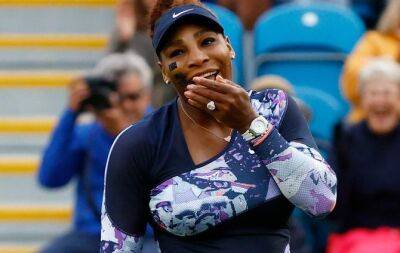Global revenues at the heart of BCCI’s continued control of cricket’s international landscape
One of the most disturbing aspects of cricket that has emerged through these columns has been the questionable quality of governance that exists in parts of the cricket world.
Ten years ago, a report was published that looked into the governance of the International Cricket Council, the governing body of international cricket. The report included an analysis of governance structures, ethics, membership and funding. It also considered the purpose of the ICC, which, according to its Memorandum of Association of the time, was “to administer, develop, co-ordinate, regulate and promote cricket world-wide in co-operation with its members.”
The review was initiated by then ICC Chief Executive Haroon Lorat and was led by former UK Chief Lord Justice Harry Woolf in association with a prominent international consulting firm. As such, the review was deemed to be independent. Despite reservations from the Indian Board of Control for Cricket, the ICC board had approved it.
There were 65 recommendations and a number of damning criticisms of the way the ICC was functioning. One of these suggested that the body “reacts as though it is primarily a members’ club, its interest in enhancing the global development of the game is secondary. In today’s environment, this is not an acceptable situation. Cricket is a global game and there is a need for global governance.”
At that time, the executive board comprised chairs or presidents from each of the 10 full (Test-playing) members, three elected associate member representatives, and the ICC CEO, vice president and president, who chaired. The perception was that this construction allowed those member countries with the most power to look after themselves rather than the wider game.
Wo







